China Update Series
The China Update Series is Australia's premier publication for in-depth discussion and analysis of the Chinese economy. The book features contributions from the world's leading academics, policymakers and government representatives who discuss the latest research on the Chinese economy.
Please note: The following list of titles is sorted by publication date, with the most recent first.
Displaying results 1 to 25 of 31.
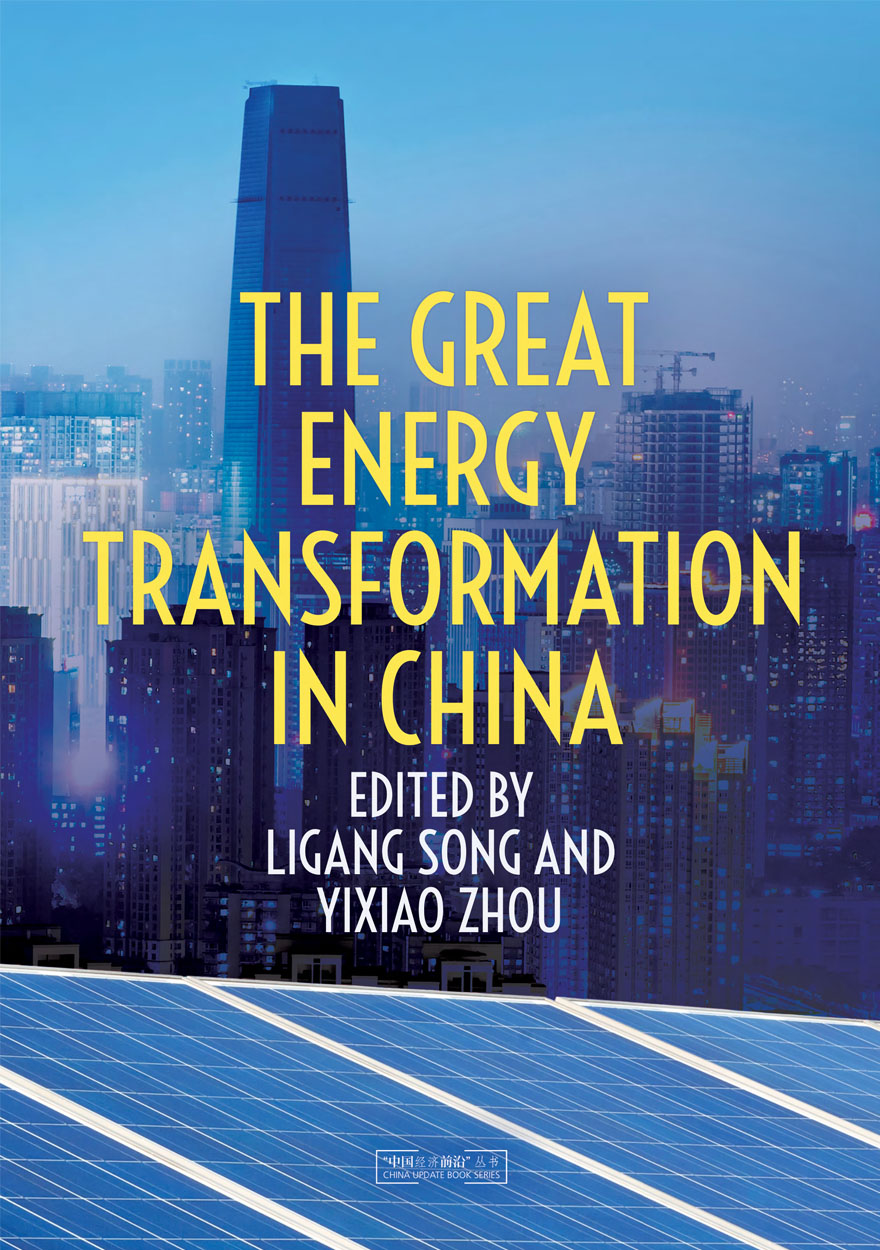
The Great Energy Transformation in China »

China: Regaining Growth Momentum after the Pandemic »

China’s Transition to a New Phase of Development »

China’s Challenges in Moving towards a High-income Economy »

The Chinese Economic Transformation »
Views from Young Economists
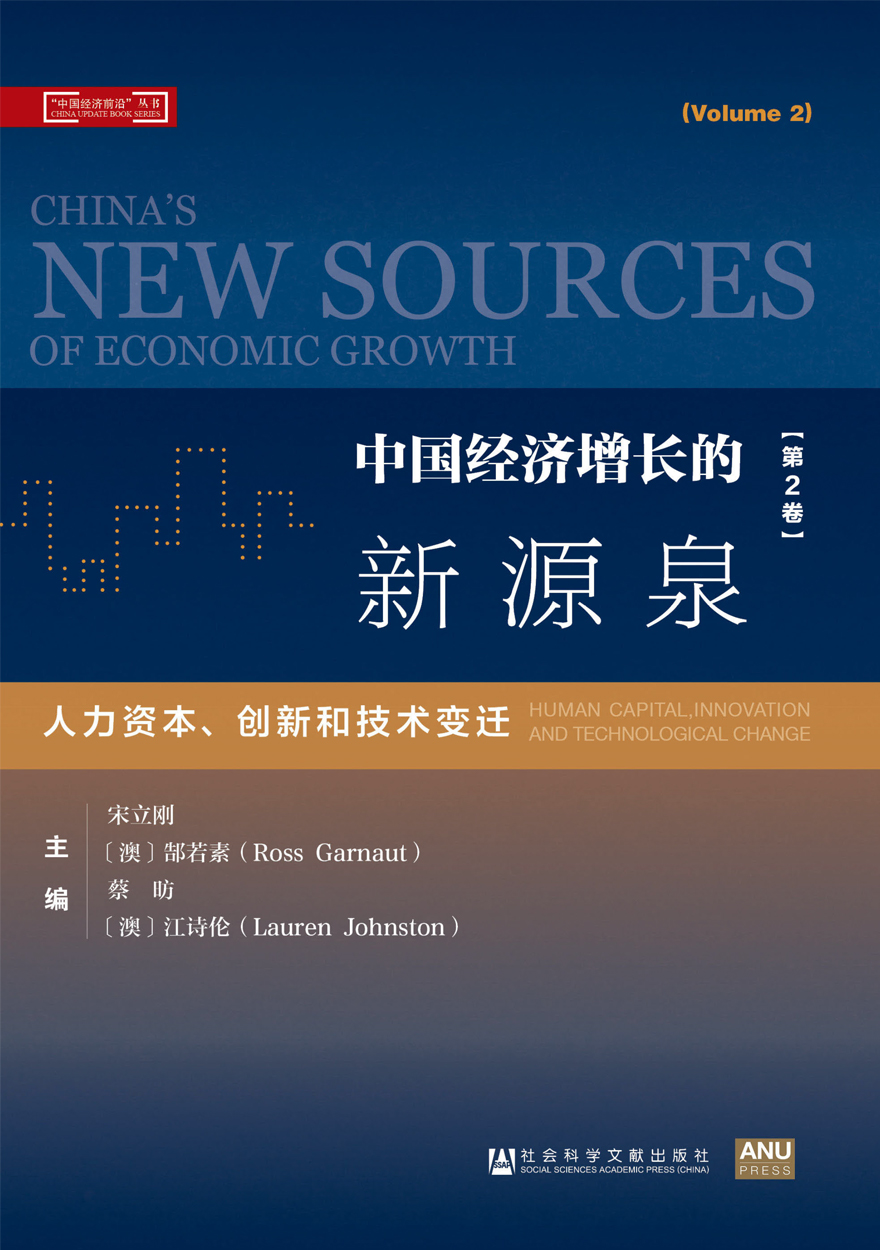
China's New Sources of Economic Growth: Vol. 2 (Chinese version) »
人力资本、创新和技术变迁

China’s 40 Years of Reform and Development: 1978–2018 »
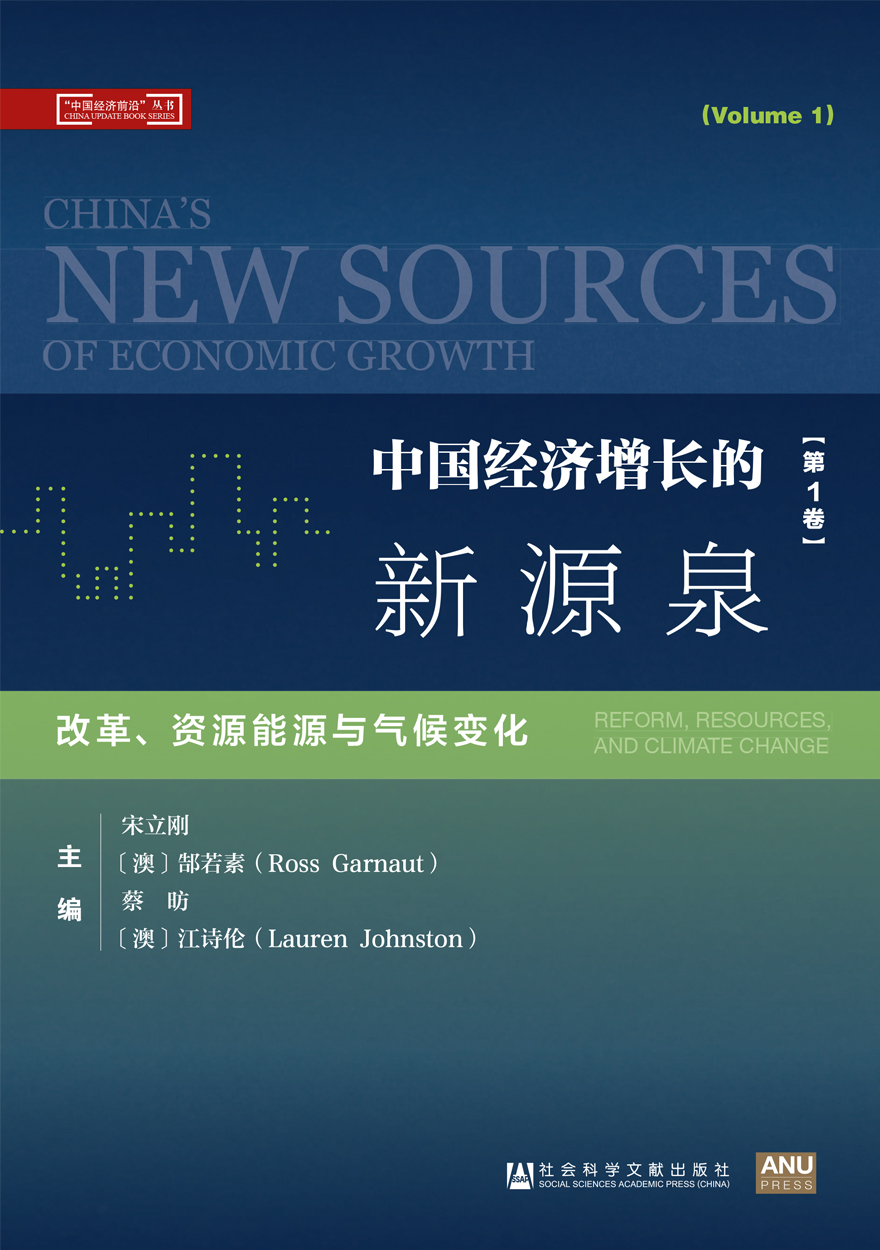
China's New Sources of Economic Growth: Vol. 1 (Chinese version) »
改革、资源能源与气候变化

China's New Sources of Economic Growth: Vol. 2 »
Human Capital, Innovation and Technological Change

China's Domestic Transformation in a Global Context (Chinese version) »
全球背景下的中国经济转型

China's New Sources of Economic Growth: Vol. 1 »
Reform, Resources and Climate Change

Deepening Reform for China's Long-term Growth and Development (Chinese version) »
深化改革与中国经济长期发展
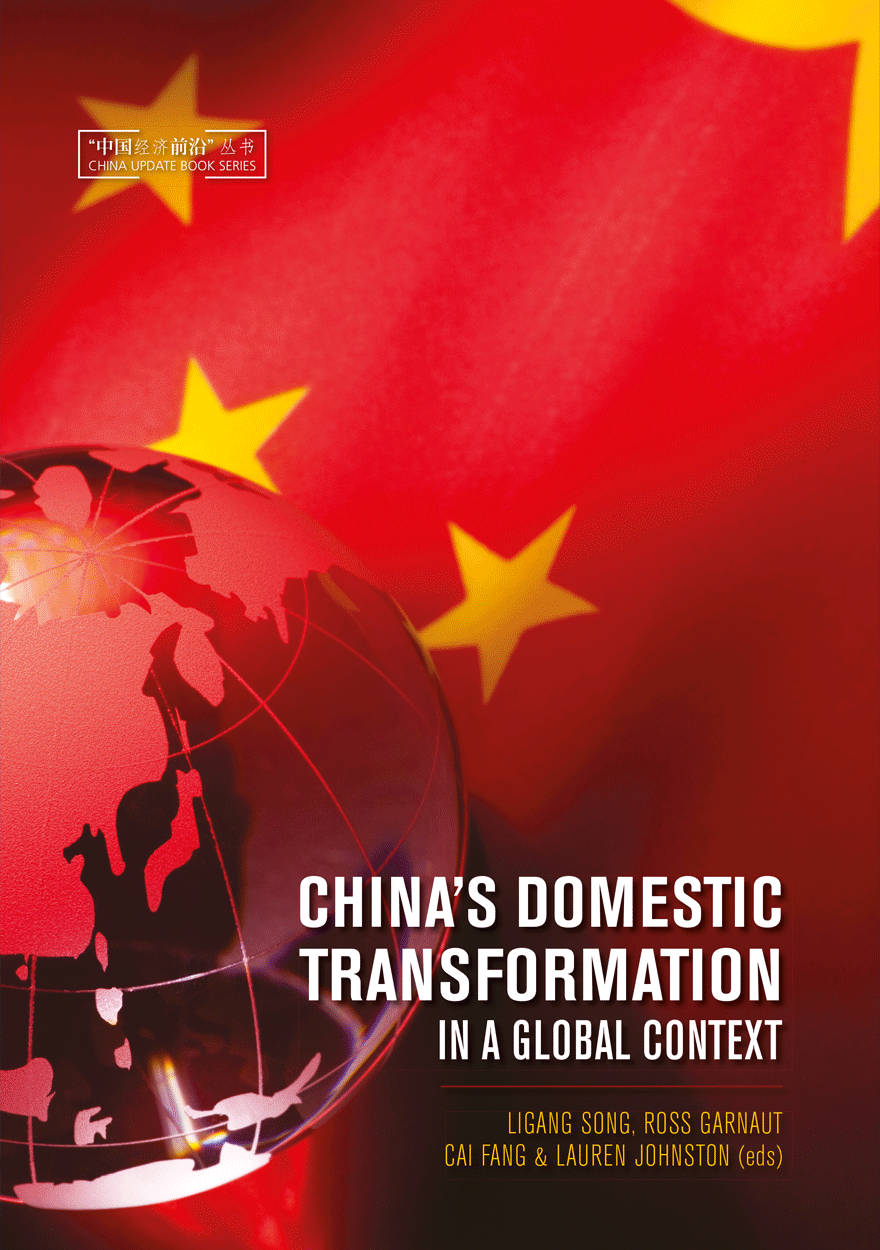
China's Domestic Transformation in a Global Context »

Deepening Reform for China's Long-term Growth and Development »

Rebalancing and Sustaining Growth in China (Chinese version) »
中国经济再平衡与可持续增长

China: A New Model for Growth and Development »
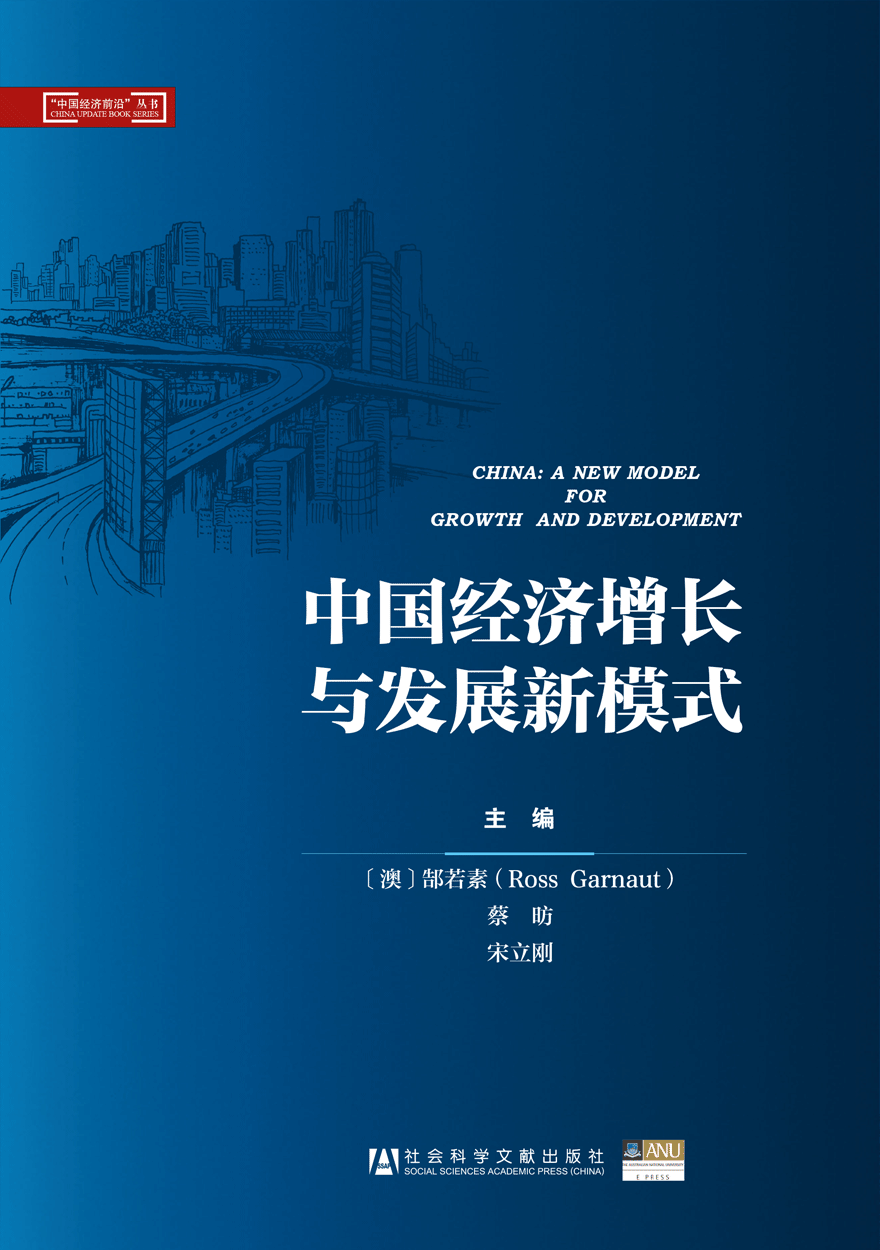
China: A New Model for Growth and Development (Chinese version) »
中国长期增长与发展的新战略: 责任与启示

China 2002 »
WTO entry and world recession

China: New Engine of World Growth »

China: Twenty Years of Economic Reform »

Rebalancing and Sustaining Growth in China »

Rising China: Global Challenges and Opportunities (Chinese version) »
崛起的中国:全球机遇与挑战(预售)

China: The Next Twenty Years of Reform and Development (Chinese version) »
中国:未来二十年的改革与发展

Rising China: Global Challenges and Opportunities »




